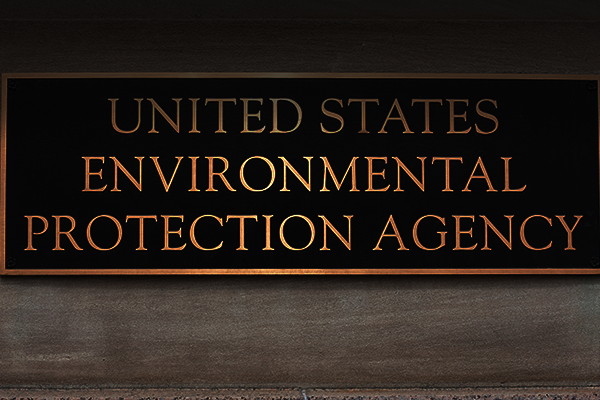AEP Closes 5,588 Megawatts of Coal Capacity

Coal-fired electricity generators that once powered 5.5 million homes have closed permanently, according to a recent announcement from the Columbus, Ohio-based electric utility American Electric Power (AEP). The 5,588 megawatts (MW) of coal capacity located across Appalachia and the Midwest are the latest casualties in the continued assault on affordable, reliable power by the Environmental Protection Agency (EPA) under President Obama.
Specifically, AEP’s announcement says the utility closed coal-fired units at 10 power plants in five states—three in Ohio, three in West Virginia, two in Virginia, one in Indiana, and one in Kentucky. The closures are a direct result of EPA’s Mercury and Air Toxics Standard rule (MATS), which was proposed in 2011, finalized in 2012, and took effect this year.
The coal plant closures were expected but unfortunate nonetheless. In 2011, the New York Times published a story foretelling the closure in 2015 of an estimated 6,000 MW of AEP coal capacity due to the rule. Shutting down the reliable, affordable production of electricity from coal plants not only causes problems on the grid but also leads to higher electricity bills for everyone.
More Closures Expected
These 5,588 megawatts of coal capacity represent only 40 percent of the 13,000 MW of coal capacity that the Energy Information Administration (EIA) estimates will retire in 2015. The AEP closures underscore the broader effects of the Obama administration’s anti-energy policies, which threaten to erode the reliability of the power grid, increase the cost of electricity, and displace workers.
AEP is just one utility. Nationally, we estimate that 72,000 MW of reliable electricity from coal-fired power plants will be shut down due to regulations from the EPA, including MATS and the early effects of EPA’s carbon dioxide regulations. The 72,000 MW estimate is based on actual policy-driven closures announced by utilities, as well as EPA’s own estimates of future closures. Our conservative estimate should be considered the lower bound for power plant closures.
According to the EIA, the non-partisan data arm of the Department of Energy, EPA’s carbon dioxide regulations on existing power plants (to be finalized later this summer) will raise the total number of coal-fired capacity retirements to 90,000 MW. That figure includes closures directly caused by regulations such as MATS and the new carbon dioxide rules, as well as some closures that were not primarily driven by regulations.
Buyer Beware
Replacing existing coal-fired power plants with any new source of electricity generation is incredibly costly, even when a relatively low-cost new source such as combined cycle natural gas-fired plants is built. As we highlight in a forthcoming policy report, the levelized cost of electricity from the existing coal fleet is about $38 per megawatt-hour. In contrast, the levelized cost of electricity is about $73 from new combined cycle natural gas plants and $113 from new wind turbines.[1] Hence, closing coal-fired power plants and replacing their output with that of natural gas or wind plants doubles or triples the cost of the replaced electricity.
In AEP’s case, coal plant closures coincide with increased rates. AEP’s regulated fleet of generators—that is, power plants whose costs are recouped automatically through state-regulated rate formulas that include a guaranteed return on investment for new plants—actually becomes a moneymaker in the presence of costly regulations from the EPA. That is because the increased costs of complying with EPA rules pass through directly to consumers.
The West Virginia Public Service Commission, for example, recently awarded AEP an overall 9 percent increase in rates, which translates to a $123 million increase in revenue. For residential customers in West Virginia, their electricity rates will increase more than 16 percent. Simply put, AEP is doing fine while American families pick up the tab. Perhaps that is why AEP does not necessarily oppose EPA’s regulation of carbon dioxide emissions from power plants, but only opposes the timelines EPA has given to implement the regulations.
Conclusion
Reliable electricity generation has been a cornerstone of the American way of life for over a century. Recent EPA regulations—such as the mercury rule that took effect this year and the carbon dioxide regulations that are being finalized now—are a very real threat to the reliability and affordability of electricity in the U.S. Adding insult to injury, the costs of EPA’s regulations ultimately fall on American families. As we have seen with previous EPA rules, regulated utilities simply pass the increased costs on—and in many cases actually increase profit—while the bill goes to the rest of us through rate increases.
[1] The Levelized Cost of Electricity from Existing Generation Resources, Institute for Energy Research (forthcoming).





